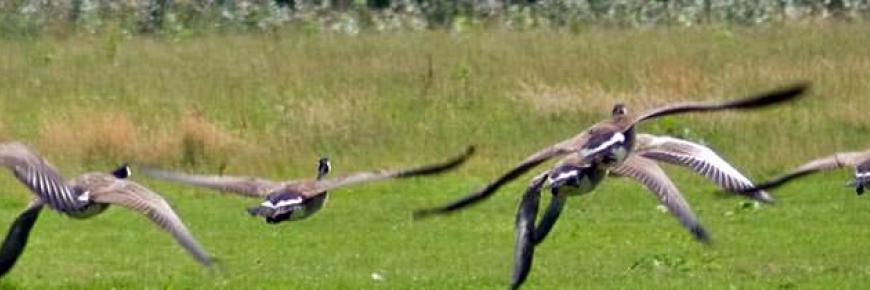Experts meet to discuss response to ‘alien’ threat
Top scientific brains from the UK and Europe will be brought together in Cambridge on Wednesday (21st November) tasked with heading off the alien invasions that are already threatening environmental catastrophe.
The movement of species outside of their native range, and the potential risks associated with doing this, have been headline news in the UK recently. The invasion of waterways by Killer Shrimp in 2010, a species which has the potential to wipe out many of our aquatic invertebrates, was followed quickly by the now well known ash dieback fungus, Chalara fraxinea. Both of these species spread, slowly but surely, across the continent before making the jump across the Channel to Britain. Now organisations from across Europe are joining forces to launch a new project to try to ‘turn the tide’ on the spread of invasive alien species – which have the potential to not only impact on the environment but also the economy. Indeed, it has recently been estimated that invasive non-native species cost the global economy £1.4 trillion per year.
A team from the University of Cambridge have been commissioned by the RINSE project to identify the species that are likely to be problematic in the future, giving Governments, NGOs and other stakeholders more time to plan and prepare for future invasions. The research has highlighted more than 100 species currently not found in the project area that have the potential to become invasive, threatening local biodiversity and causing detrimental economic impacts.
The workshop is being held on the 21st November at in Cambridge to review the list, and ensure that as much as possible is done to prevent them becoming an expensive and environmentally catastrophic problem in the future. It will bring together more than 20 experts from scientific and applied backgrounds from each of the RINSE partner countries. Amongst the topics being discussed will be ground breaking new methods to prioritise species of risk, such as “ecological niche” modelling. This technique should provide detailed maps indicating the potential distribution of new invasive alien species based on availability of suitable habitat and climatic conditions found in the RINSE area.
Cambridge researcher, Dr Belinda Gallardo explains: “We are looking for ways to stop these species becoming a problem. With better knowledge of their distribution across our project area coupled with a clear plan of action, we can halt the spread of these invasive species and nip the problem in the bud.”

